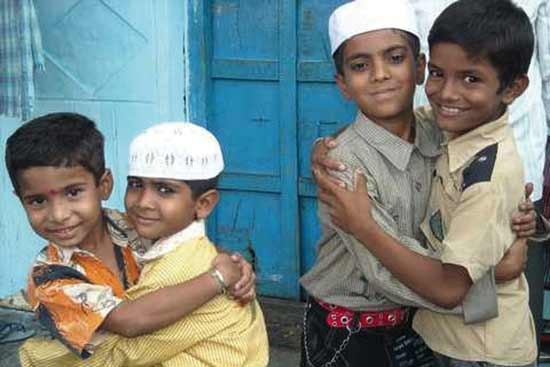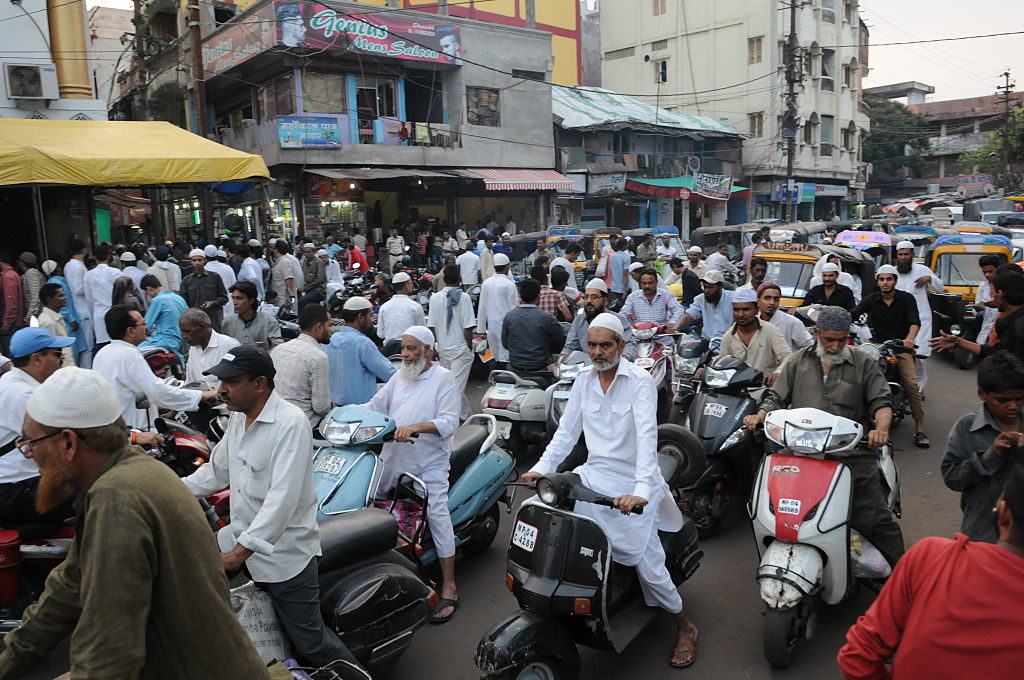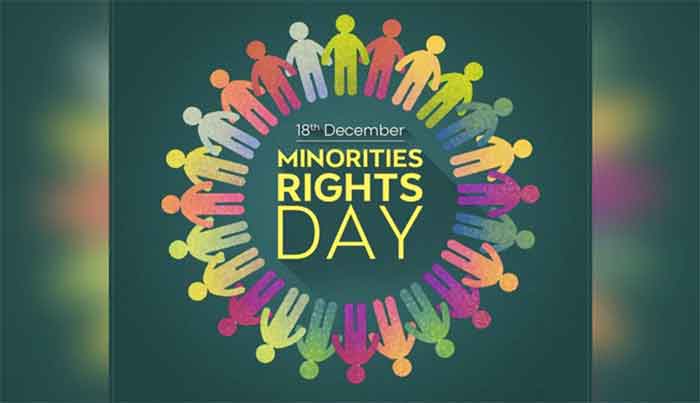by Mohammad Adil and Saima Zafar

Noted Indian-origin American psychoanalyst, Dr Salman Akhtar in his research paper titled “Mental Pain of Minorites”, defines ‘minority’ somewhat different from traditional definitions. The traditional definition is more or less entail minority as those who are lesser in number in a given population, however Dr Akhtar says minority is not just a statical measure alone (being lesser in number), but also minorities are those, who are weaker in social practices, who has lesser access to doing things and bringing about changes in the society, who has subject to economic disparity and who has lesser political representation. This is true for minorities across national borders—be it Hindus in Pakistan, Muslims in India, Jews in Nazi Germany, Palestinians in present-day Gaza, or those marginalised by sexuality, gender, and caste anywhere in the world.
Taking the above definition into consideration and applying this with the presence, perception and participation of minorities in India reveals that the space for minorities has slipped down and it continues.
Presence of Minorities
Minority by themselves and by the majority are either stared at or not seen at all. The minority themselves sees walking in places either acutely being noticed or not being noticed. Women wearing Hijab or covering themselves with Veil or men wearing a Skull Cap are often being noticed and stared at and even sometimes getting harassed for their visible presence. This is the way they are seen, and their presence is being noticed.
In the face of such upheavals, when adjudicatory authority does not dispense justice properly by taking immediate cognizance and the majority community either ignores or choose to remain silent, it implies that minorities are either not seen or has not noticed.
Perception about Minorities
Perception is a manufactured concept often it has nothing much to take with the reality, the manufactured image of Muslim being conservative and violent has sharpen over the years. Such an image formation has largely done by the media and also by the Muslim clerics itself who for the sake of money presented themselves as the representative of the community.
Impact of such a perception can readily be seen in the day to day lives of Muslims. Be it the issue of renting house in metropolitan city or be it recruiting in certain job profiles, perception based biases are creating problems in grabbing the opportunities available.
Participation of Minorities
Over past few years some participation were imposed upon the religiously run institutions and noncompliance to it would lead to face legal consequences. Also, Muslims were targeted for participating in certain festival like Garba dance during Navratri.
At one place by imposing certain participation and at another restricting certain participation it is clearly harming the syncretic culture of India and narrowing down the space for minorities.
Some other forms of discrimination through which the presence of minority is getting discreated day by day.
Maligning of Minority Culture
People must have the right to define themselves as who they are and who they are not. Cultural identity forms the very basis of life, it is where people connect themselves. Minority culture has its own vitality and importance. The age-old cumulative deposition of knowledge, experience, belief and values that the minority possesses have been under attack in name of foreign imports.
From time-to-time instances came into forefront minority customary practices were levelled as primitive and barbaric and must be replaced with Uniform Civil Code. There is no doubt that personal laws require drastic reform, but Uniform Civil Code is not a proper solution. Implementing Uniform Civil Code will be an attack on cultural identity of minorities. This way people would turn more conservative rather than reform.
Role of Majority in acknowledging the Problems of Minority
In a democratic setup majority has the moral responsibility to ensure that the minorities feel safe and secure within the country, their life and limbs are not under the threat of majoritarian uprising.
The majority has failed to challenge prejudice and bias within their own communities by confronting stereotypes, misinformation, and harmful attitudes towards minorities. The majority should have actively promoted inclusivity by embracing diversity and respecting the rights and perspectives of minority groups. This includes recognizing and celebrating cultural, religious, and linguistic differences. But somehow the majority failed to recognize the problems of minority.
Removing Minority Identity from Social Iconography
Social iconography is the study of how images and symbols influence perceptions, identities, and relationships within a society, reflecting its shared beliefs, attitudes, and social organization. It is commonly applied in disciplines like art history, anthropology, sociology, and cultural studies to analyse and interpret the visual elements of a culture or society.
Past few years reflected it well how the name of places, roads have been changed in order to impose one identity at the cost of other. At many instance mosques and churches have been vandalised and furled saffron flag over them. That shows how the social iconography of minorities are under threat.
Conclusion
Being minority is a preconscious phenomenon, hence the feeling of being minority can readily be brought into the consciousness anytime. So, a peculiar disjunction occurs in subjective experience between the figure and the ground, which creates a chronic, mild and a preconscious suffering in the minorities. Then what is the way forward—
The faith of minorities can only be restored through, restoration of civil rights in its true essence, recognizing the importance and vitality of minority culture, by acknowledging the role of majority into the problems of minority, by making sure that the minorities are the part of social iconography and at last the minorities has to standup for themselves.
Mohammad Adil is doing LL.B from CLC University of Delhi, his Articles were already published in Outlook, The Leaflet and Live Law.
Saima Zafar is a student of Psychology from St. Stephen’s College. Her academic papers have already been published in many renowned academic journals.














































